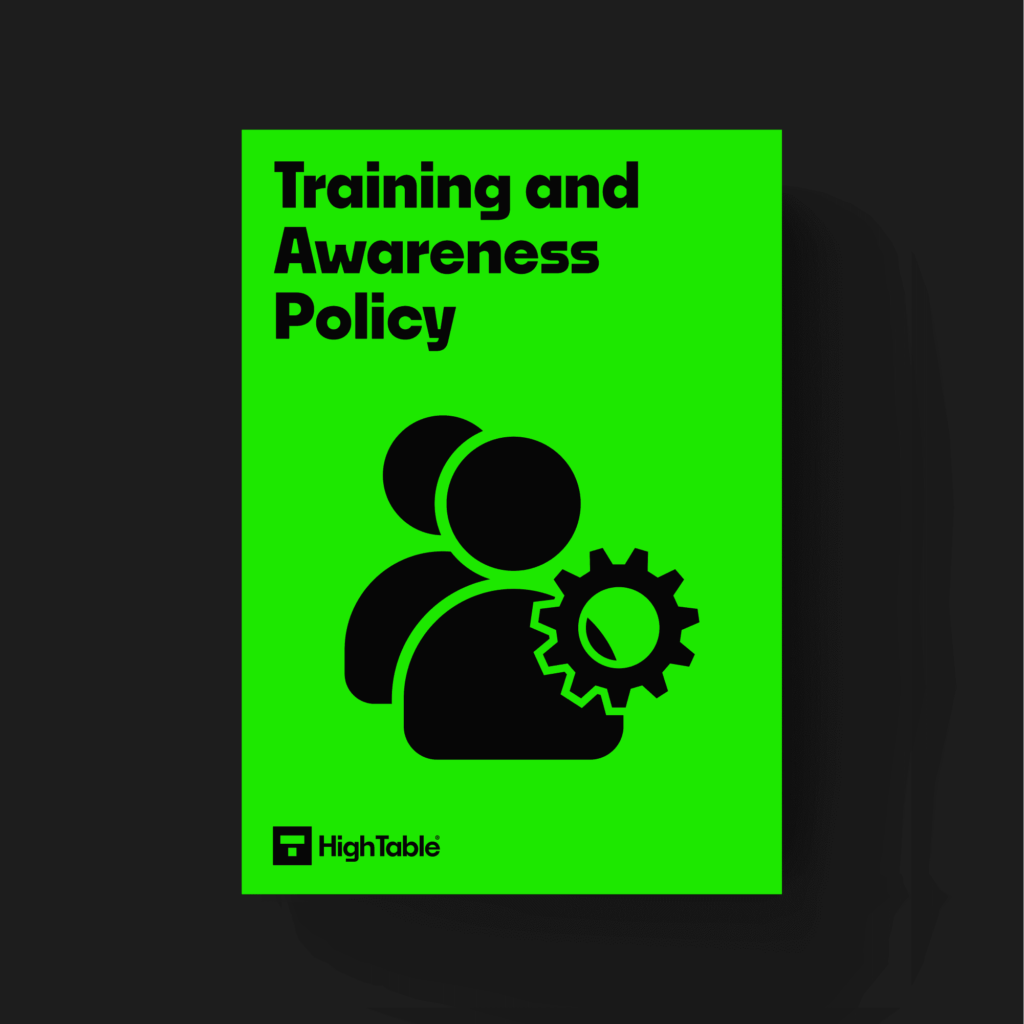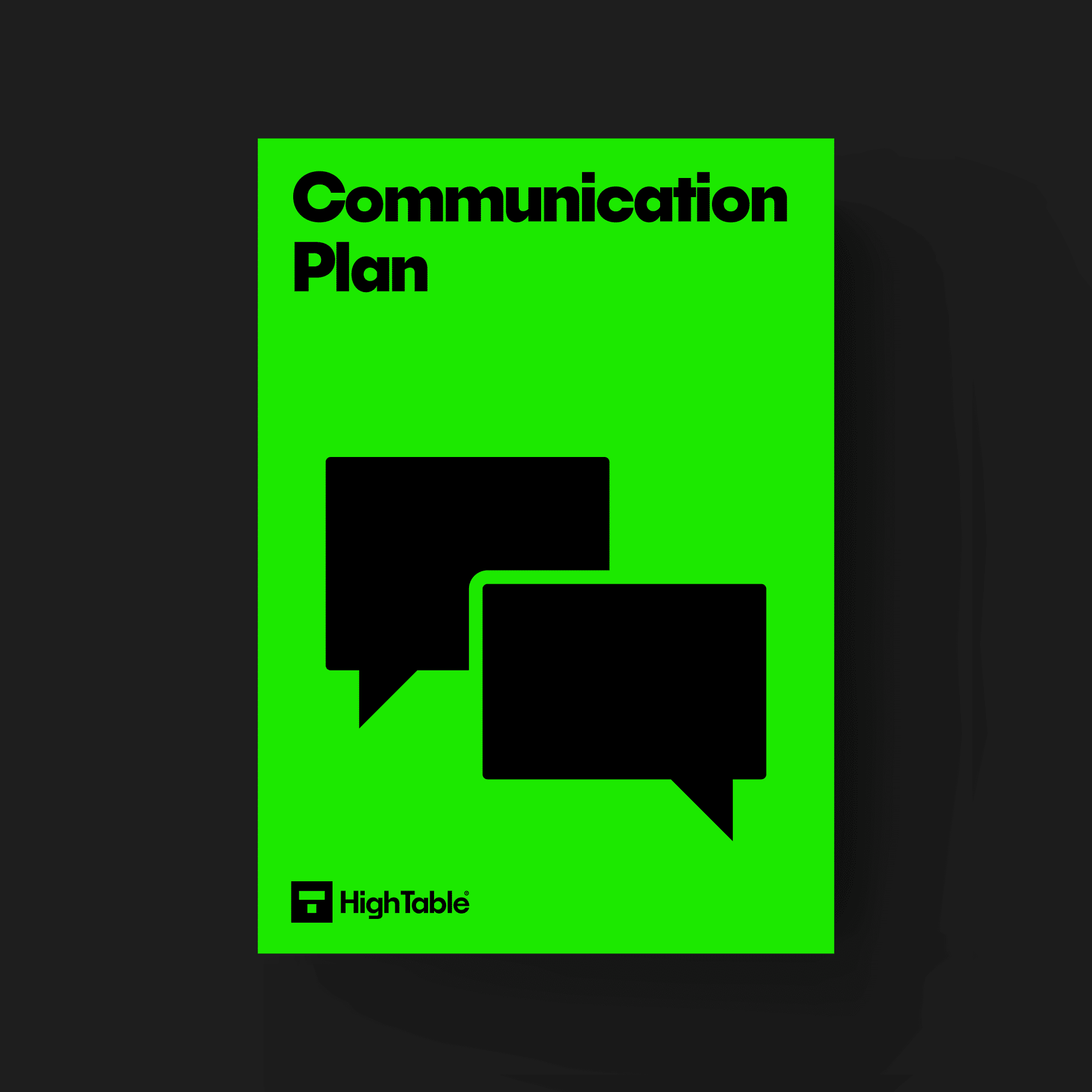In this ultimate guide to ISO 27001 Clause 7.4 Communication you will learn
- What is ISO 27001 Clause 7.4
- How to implement ISO 27001 Clause 7.4
- Approaches to communication with examples
I am Stuart Barker, the ISO 27001 Ninja and author of the Ultimate ISO 27001 Toolkit.
With over 30 years industry experience I will show you what’s new, give you ISO 27001 templates, show you examples, do a walkthrough and show you how to implement it for ISO 27001 certification.
Table of contents
What is ISO 27001 Clause 7.4 Communication?
ISO 27001 communication is making people aware of what is expected of them for information security and consequences of not doing what is expected. It is about planning communications and following the plan.
ISO 27001 Clause 7.4 is communication and it requires you to effectively communicate about Information Security. That feels a bit vague so it goes further. It wants you to set out the what, when, with whom, the process and method of communication and who will do it.
ISO 27001 Clause 7.4 Communication is about planning, documenting and evidence the communications around information security. The ISO 27001 standard for ISO 27001 certification wants you to let people know what you expect, educate them and have processes in place for if things go wrong.
ISO 27001 Clause 7.4 Definition
The ISO 27001 standard defines ISO 27001 Clause 7.4 as:
The organisation shall determine the need for internal and external communications relevant to the information security management system including:
ISO 27001:2022 Clause 7.4 Communication
a) on what to communicate;
b) when to communicate;
c) with whom to communicate;
d) how to communicate
How to implement ISO 27001 Clause 5.1
Approaches to Communicating
There are many ways to communicate and to raise and manage awareness and what is right for you will depend on your company culture and the tools available.
Consider the best methods for you that you know get results and where possible retain evidence of your communications.
Emails are great but also consider standup meetings, having presentations at company meetings, perhaps bringing outside resource.
There is no one size fits all answer.
What ever you do record it in your communication plan.
Implement a Communication Plan
Have a communication plan that documents:
- on what you communicated
- when you communicated
- with whom you communicated
- who communicated it
- the processes by which communication took place
- and if possible evidence that you communicated.
During Onboarding of Staff or Third Parties
Include copies of policies and the employee handbook as part of onboarding. Arrange a dedicated face to face session to explain the information security approach of the business, where the policies are, who is responsible for information security, how to raise a security incident. Cover how their role contributes to information security and what is required of them. Enrol them on the general information security awareness training and basic GDRP / Data Protection training if you use a training tool or do it face to face and get them to sign that they attended and understood.
Throughout the Year
Plan your communication throughout the year based on risk and business need. As well as the information security and data protection training perhaps people need educating on the risks of home working. Or perhaps on the perils of phishing attacks. The process of communication should be on going. Throughout the year you are going to hold Management Review Meetings that meet the very specific requirements of the ISO 27001 standard and cover a lot of the bases for communicating to senior management.
Annually
Conduct the general information security awareness training and the general data protection training at least annually. Even it is just a refresher people should formally go through basic training once a year.
On Ending Employment / Engagement
Ensure that at the end of employment or the end of engagement that you communicate the contractual obligations that are, and will remain, in play in regards to information security.
ISO 27001 Continual Improvement
Continually update your communication plan to respond to known threats, risks and issues.
Implement ISO 27001 Annex A 5.1 Policies for Information Security
Information security policy and topic-specific policies should be defined, approved by management, published, communicated to and acknowledged by relevant personnel and relevant interested parties, and reviewed at planned intervals and if significant changes occur.
ISO 27001 Annex A 5.1 Policies for Information Security
Here we see it isn’t enough just to have Information Security Policies but that we must in fact communicate them.
Implement ISO 27001 Annex A 5.24 Information security incident management planning and preparation
The organisation should plan and prepare for managing information security incidents by defining, establishing and communicating information security incident management processes, roles and responsibilities
ISO 27001 Annex A 5.24 Information security incident management planning and preparation
Communicating the incident management process is a key step so that everyone knows what to do if things go wrong. The basics would be to communicate ‘how to report and incident’ and ‘who is responsible for information security’.
Implement ISO 27001 Annex A 6.4 Disciplinary Process
A disciplinary process should be formalised and communicated to take actions against personnel and other relevant interested parties who have committed an information security policy violation.
ISO 27001 Annex A 6.4 Disciplinary Process
This is usually the function of the HR department and part of good HR practice. HR will have many communication requirements of their own but we are interested for ISO 27001 certification in ensuring that they have communicated the disciplinary process. The disciplinary process must include steps for what happens if staff breach information security.
Implement ISO 27001 Annex A 6.5 Responsibilities after termination or change of employment.
Information security responsibilities and duties that remain valid after termination or change of employment should be defined, enforced and communicated to relevant personnel and other interested parties.
ISO 27001 Annex A 6.5 Responsibilities after termination or change of employment.
Another function of the HR department as part of the off boarding process. Contracts of employment and contracts of engagement will have clauses related directly to information security which should be re communicated as part of the off boarding process so that everyone is aware of their ongoing responsibilities and obligations.
There are distinct phases in the journey of staff, contracts and third parties. Each of those phases potentially requires a different level of communication. It is possible that one approach will work but the likelihood is you are going to have different communication styles and approaches depending on the ‘who’ and the ‘where’ they are in their journey with you.
ISO 27001 Templates
ISO 27001 templates are a great way to fast track your implementation and leverage industry best practice.
These individual templates help meet the specific requirements of ISO 27001 clause 7.4
DO IT YOURSELF ISO 27001
All the templates, tools, support and knowledge you need to do it yourself.
ISO 27001 Clause 7.4 Youtube Tutorial
Watch the ISO 27001 Clause 7.4 YouTube Tutorial – How to Implement ISO 27001 Clause 7.4 Communication
How do you demonstrate compliance to ISO 27001 clause 7.4?
Having a communication plan that records what you communicated, when, to whom and the evidence that you did is the main part of showing compliance to the clause.
ISO 27001 Clause 7.4 FAQ
The ISO 27001 standard requires an that the organisation shall determine the need for internal and external communications relevant to the information security management system including:
a) on what to communicate;
b) when to communicate;
c) with whom to communicate;
d) who shall communicate; and
e) the processes by which communication shall be effected.
There are minor changes to ISO 27001 Clause 7.4 in the 2022 update. The changes can be seen as a simplification. It removes who shall communicate and replaces it with how to communicate and it completely removes the need to show the processes by which communication shall be effected.
It is our opinion that keeping who and the process of how is good practice but you can, if you wish, not account for it directly.
You evidence compliance to the ISO 27001 Clause 7.4 by having a communication plan that records
a) on what you communicated
b) when you communicated
c) with whom you communicated
d) who communicated it
e) the processes by which communication took place
f) and if possible evidence that you communicated.
You can download ISO 27001 Clause 7.4 templates in the ISO 27001 Toolkit.
An example of ISO 27001 Clause 7.4 can be found in the ISO 27001 Toolkit.
The communication plan template for ISO 27001 can be downloaded here.
Yes, you can download an example of an ISO 27001 communication plan here.




